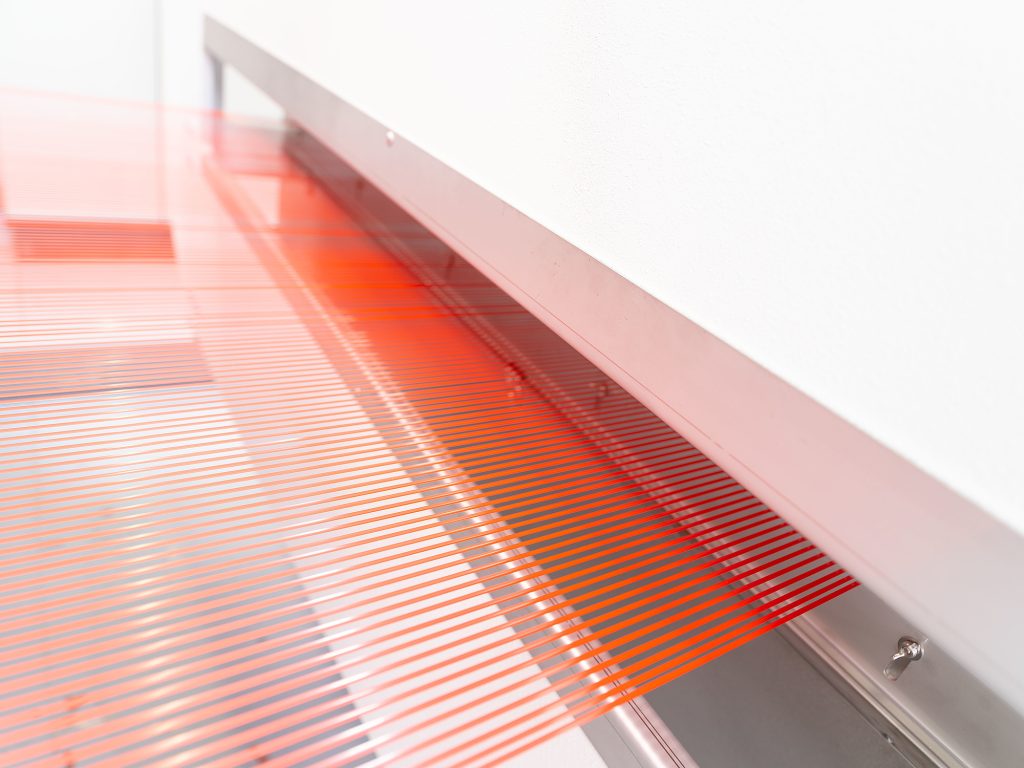
- 1. Application-Specific Requirements: From Flour to Food Additives
- 2. Technical Considerations: Balancing Performance and Cost
- 3. Case Study: Optimizing Packaging for a Global Spice Exporter
- 4. FAQs: Addressing Common Concerns
- 5. VidePak’s Competitive Edge: Technology and Scalability
- 6. Industry Trends and Future Outlook
- Conclusion
“How can food manufacturers ensure packaging integrity for sensitive ingredients like spices or flour?” asks a procurement manager at a global food safety conference. “By selecting bags with tailored barrier properties, certifications like FDA compliance, and precision-engineered parameters such as 120–150 g/m² grammage and BOPP lamination,” explains a VidePak technical specialist. This dialogue encapsulates the critical balance between functionality, safety, and cost-effectiveness in food-grade woven fabric packaging.
Food-grade woven fabric bags are pivotal in preserving the quality of dry goods, from flour to additives. VidePak, with 30+ years of industry expertise and ISO-certified production lines, has emerged as a global leader in designing solutions that meet stringent food safety standards while optimizing logistics efficiency. This report dissects key parameters—material composition, certifications, and application-specific designs—to guide manufacturers in selecting optimal packaging for diverse food categories.
1. Application-Specific Requirements: From Flour to Food Additives
Flour and Grain Powders
Flour’s hygroscopic nature demands moisture-resistant barriers. VidePak’s BOPP-laminated woven bags (80–120 microns thickness) reduce water vapor transmission rates (WVTR) to <5 g/m²/day, preventing clumping and microbial growth. For bulk flour transport (50–100 kg loads), bags with double-stitched seams and UV-resistant coatings ensure durability under tropical climates.
Sugar and Sweeteners
Crystalline sugars require anti-static liners to prevent dust explosions and high-clarity printing for brand visibility. VidePak’s PE-coated inner layers reduce static resistivity to 10^8–10^10 Ω/sq, while 8-color HD flexographic printing adheres to FDA-compliant inks.
Spices and Flavorings
Spices like paprika or cumin degrade under UV exposure. Aluminum foil-laminated bags block 99% of UV light and oxygen, extending shelf life by 6–8 months. For premium spices, VidePak integrates zip-lock closures and argon gas flushing to maintain aroma integrity.
Food Additives (e.g., Preservatives, Colorants)
Additives often require FDA or EU 10/2011 compliance. VidePak’s virgin PP materials and non-toxic adhesives pass migration tests (<0.01 mg/kg), critical for direct food contact.
Table 1: Key Parameters for Food-Grade Bags
| Application | Thickness (microns) | Grammage (g/m²) | Barrier Design | Certifications |
|---|---|---|---|---|
| Flour | 80–120 | 90–130 | BOPP lamination | FDA, ISO 22000 |
| Sugar | 70–100 | 80–110 | PE inner liner | FDA, BRCGS |
| Spices | 100–150 | 110–150 | Aluminum foil laminate | EU 10/2011, Halal |
| Food Additives | 60–90 | 70–100 | Non-printed inner layer | FDA, REACH |
2. Technical Considerations: Balancing Performance and Cost
Load Capacity and Structural Integrity
- 25–50 kg bags: Ideal for retail-ready packaging (e.g., 40 × 60 cm dimensions).
- 500–1,000 kg FIBCs: Reinforced with polyester stitching and corner protectors for bulk additives. VidePak’s FIBCs withstand 5:1 safety factor (tested up to 5,000 kg).
Printing and Branding
High-resolution printing on textured surfaces requires surface corona treatment to enhance ink adhesion. For organic products, soy-based inks and matte finishes align with eco-labeling trends.
Environmental and Regulatory Compliance
- Recyclability: VidePak’s mono-material PP bags achieve 95% recyclability, complying with EU Circular Economy Package targets.
- Certifications: BRCGS AA+ and FSSC 22000 certifications validate hygiene protocols for spice packaging.
3. Case Study: Optimizing Packaging for a Global Spice Exporter
A Middle Eastern client reported a 15% loss in saffron quality due to UV exposure during transit. VidePak redesigned their packaging with:
- 120-micron aluminum foil lamination (OTR <3 cm³/m²/day).
- Nitrogen flushing to reduce oxygen levels to <0.5%.
Post-implementation, spoilage rates dropped to 2%, and shelf life extended by 10 months.
4. FAQs: Addressing Common Concerns
Q: How do I verify if a bag meets FDA standards?
A: Request a Certificate of Analysis (CoA) confirming non-toxic additives and migration test results.
Q: Can woven bags withstand freezer storage?
A: Yes. VidePak’s low-temperature PP blends remain flexible at -30°C, ideal for frozen dough packaging.
Q: What’s the cost difference between laminated vs. non-laminated bags?
A: Lamination increases costs by 20–30% but reduces waste by 40% in humid climates.
5. VidePak’s Competitive Edge: Technology and Scalability
With 100+ circular looms and ISO 9001-certified labs, VidePak delivers:
- Customization: Tailored sizes (e.g., 35 × 55 cm for retail flour) and anti-counterfeit QR codes.
- Sustainability: 30% recycled PP in non-food contact layers, reducing carbon footprint by 25%.
External Resources
- Explore how BOPP lamination enhances barrier performance.
- Learn about quality assurance protocols for food-safe packaging.
6. Industry Trends and Future Outlook
The global food-grade packaging market, valued at $218 billion in 2024, is projected to grow at 6.1% CAGR, driven by demand for sustainable and smart packaging. VidePak’s R&D in biodegradable PLA coatings and IoT-enabled traceability tags positions it as a pioneer in next-gen solutions.
Conclusion
Selecting food-grade woven bags is a science, not a guesswork. VidePak’s fusion of Austrian Starlinger technology, regulatory expertise, and application-driven design ensures that every bag safeguards product integrity while amplifying brand value. As global food safety standards tighten, partnering with a certified innovator isn’t optional—it’s essential.
Word count: 1,180